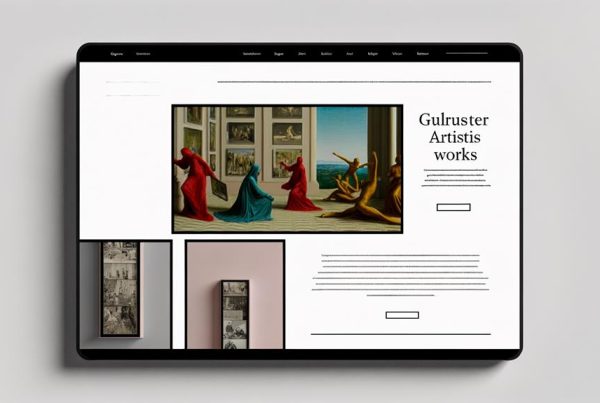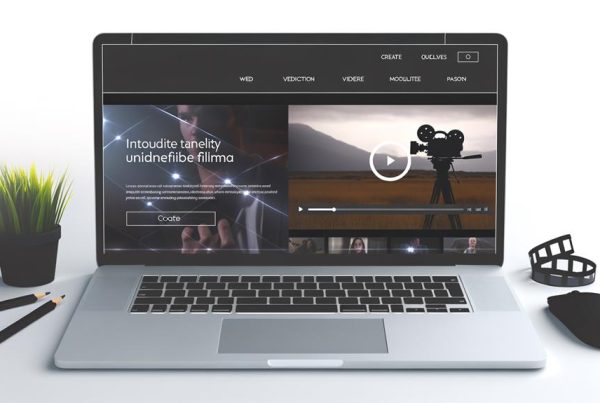Despite the advancements in artificial intelligence (AI) and its influence on web design, we firmly believe that AI won't replace the essential role of human web designers.
In a world where technology continues to push boundaries, it's crucial to understand why AI-generated designs may not fully capture the essence of human creativity and ingenuity.
As we explore specific examples, we uncover the challenges and limitations of AI tools in recreating visuals, addressing realism concerns with AI-generated images, and matching the desired aesthetic vision.
Join us as we dissect the evolving relationship between web design and AI, and uncover the inherent limitations in emotional intelligence and understanding, shedding light on the complexities that AI technology may struggle to navigate.
Challenges With Ai-Generated Designs
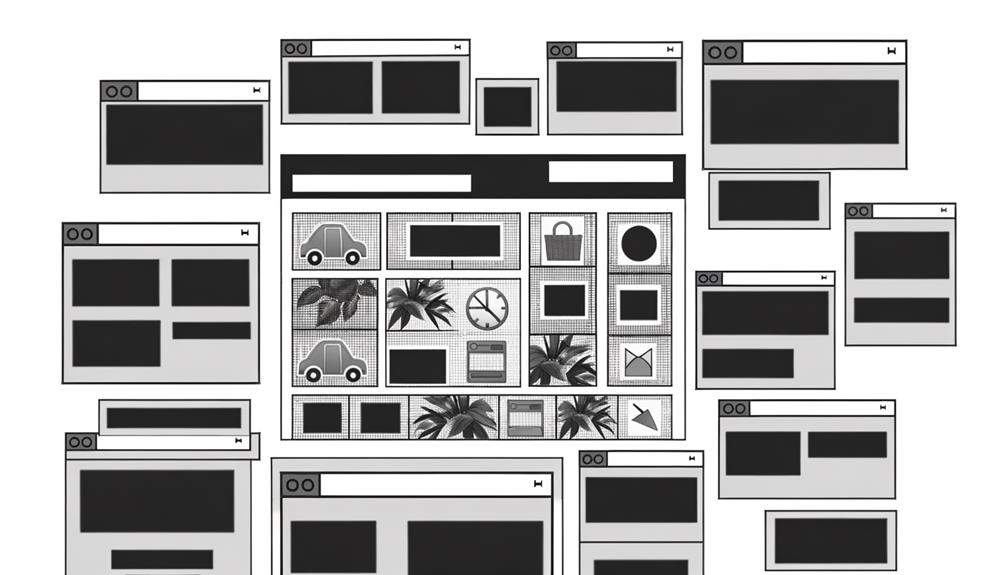
We need to acknowledge the challenges brought by AI-generated designs in web design to effectively harness the potential of AI tools. While AI can automate certain tasks and quickly produce design elements, it may struggle to fully grasp the desired style, recreate reference photos accurately, or produce realistic images that align with the aesthetic vision.
Despite the evolving nature of AI website design tools, they still lack emotional intelligence and understanding. However, we must recognize that AI isn't a replacement for human creativity and adaptability.
As web designers, we're poised to incorporate AI tools to enhance our craft, but we must also be vigilant in preserving our unique ability to understand and cater to human emotions, preferences, and nuances in design. Liberating ourselves from the fear of AI, we can confidently embrace its potential while safeguarding the irreplaceable human touch in web design.
Limitations of AI Tools in Recreating Visuals
Recreating visuals with AI tools presents inherent limitations that demand careful consideration in the realm of web design. While AI can automate tedious tasks and quickly produce grids and artifacts, it falls short in accurately recreating visuals.
AI-generated designs may struggle to grasp the desired style, fail to recreate reference photos accurately, and lack the realism and aesthetic vision desired. Despite the evolving nature of AI website design tools, they currently lack emotional intelligence and understanding of human nuances.
As web designers, we must adapt to the use of AI in our work, but it's clear that AI isn't a replacement for human creativity and industriousness. With these limitations in mind, it's essential to continue honing our design skills and leveraging AI tools where they can truly enhance our craft.
Realism Concerns With Ai-Generated Images
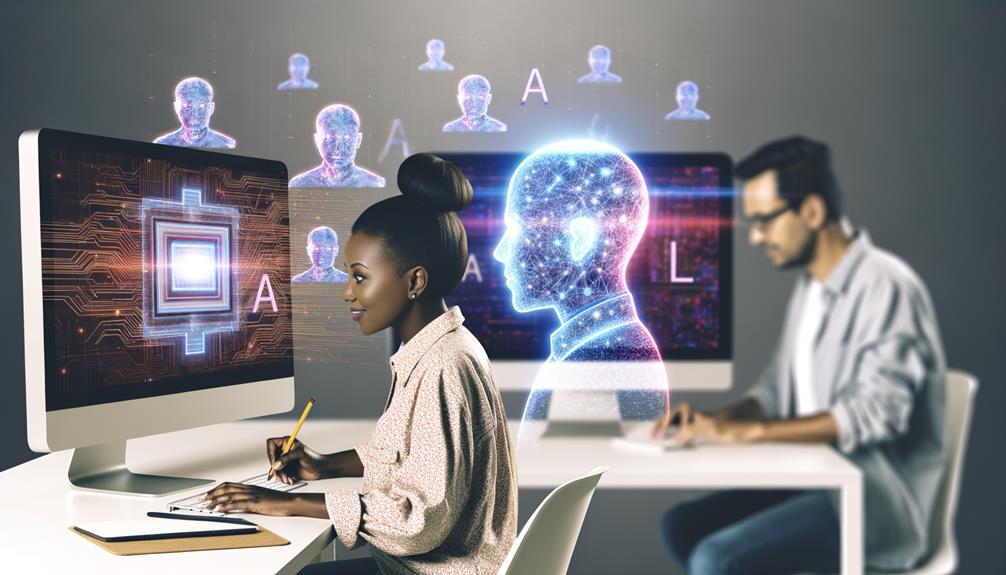
Realism concerns with AI-generated images arise from the challenges in achieving lifelike visual representations. This is a critical issue that demands attention as we navigate the advancements in AI technology.
Consider the following:
- Complex Details: AI struggles to capture intricate details and nuances, leading to unrealistic images.
- Human Perception: AI may not fully comprehend the human perception of realism, resulting in inaccuracies.
- Aesthetic Consistency: AI-generated images may lack the cohesive and consistent visual appeal desired by designers.
It is imperative to acknowledge these realism concerns as we harness the power of AI in web design. By addressing these challenges, we can ensure that AI complements, rather than replaces, the creativity and intuition of web designers.
Aesthetic Mismatches in Ai-Generated Websites
Aesthetic mismatches in AI-generated websites often stem from the challenge of capturing the desired visual style accurately. While AI tools excel at automating certain design tasks, they currently lack the nuanced understanding of aesthetic preferences that human web designers possess. This results in websites that may not align with the intended aesthetic vision.
As advocates for liberation in web design, it's crucial to recognize that AI, while a powerful tool, still falls short in comprehending the subtleties of human creativity and emotion. Our commitment to delivering visually captivating and emotionally resonant websites compels us to remain at the forefront of the design process, ensuring that the aesthetic essence we seek is faithfully translated into the digital realm.
Awkwardness of Ai-Generated Copy
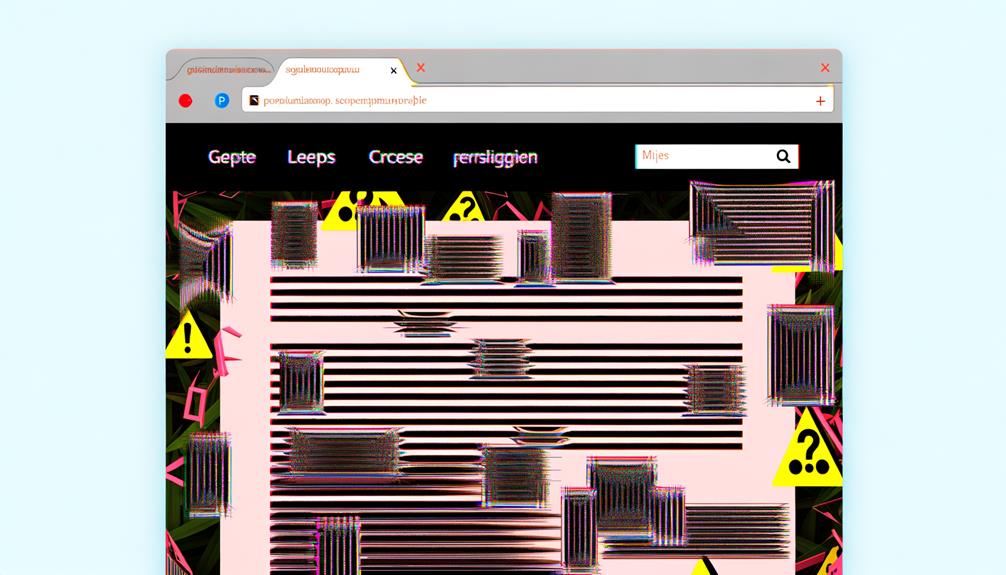
As we continue to push the boundaries of web design, it's imperative to address the challenge posed by the awkwardness of AI-generated copy.
- AI-generated copy lacks human nuance and emotion
- It may struggle to convey a brand's unique voice and tone
- The awkward phrasing could lead to a disconnect with the audience
AI-generated copy is a powerful tool, but it's essential to recognize its limitations. While it may be efficient, it often lacks the creativity and understanding that comes naturally to human writers. As designers, we must advocate for the preservation of genuine, human-generated content on the web.
Embracing AI doesn't mean sacrificing the authenticity and liberation of language. We're the gatekeepers of meaningful communication, and we must ensure that AI complements our work rather than hinders it.
Evolution of AI Website Design Tools
The ongoing advancements in AI website design tools continue to shape the future of web design, enhancing our capabilities and redefining the creative process. As AI technology evolves, it is crucial to recognize its potential impact on the web design industry. Below, we outline the evolving relationship between web design and AI:
| Evolution of AI Website Design Tools |
|---|
| AI tools will continue to evolve |
| Better understanding of nuance |
| Emotional intelligence is lacking |
| Adaptable web designers |
| AI as a supplementary technology |
As AI website design tools progress, they provide valuable assistance, but they do not replace human creativity and ingenuity. Embracing AI as a complementary tool empowers web designers to expand their capabilities and deliver exceptional results.
Emotional Intelligence in AI Technology
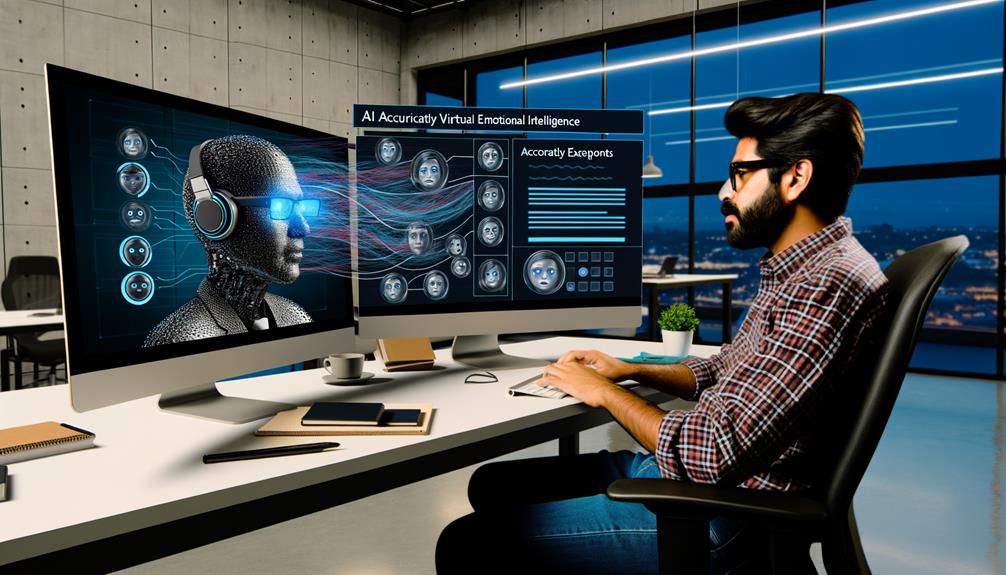
Embracing the ongoing advancements in AI website design tools underscores the necessity of exploring emotional intelligence in AI technology and its implications for the web design industry.
AI tools lack empathy and emotional understanding.
Emotional intelligence is crucial for creating impactful and user-centric designs.
Human creativity and empathy are irreplaceable in web design.
AI technology has undoubtedly revolutionized the web design landscape, but it remains deficient in emotional intelligence. As web designers, we must recognize the value of human emotions in crafting compelling user experiences. Our ability to empathize and understand the emotional needs of users sets us apart from AI tools.
Incorporating AI Into Web Design
Incorporating AI into web design revolutionizes the way we create digital experiences. AI tools can automate tedious tasks, produce grids and artifacts quickly, and assist in various design tasks. While AI technology continuously evolves and improves, it currently lacks emotional intelligence. However, as designers, we've the opportunity to adapt and use AI tools to enhance our craft.
AI isn't a replacement for human creativity and industriousness but rather another technology to incorporate into our work. By embracing AI in web design, we can streamline processes, increase efficiency, and focus on the more creative and strategic aspects of design.
It's time to liberate ourselves from repetitive tasks and leverage AI to elevate our web design capabilities.
Frequently Asked Questions
Can AI Tools Understand the Emotional and Aesthetic Nuances Required for Web Design?
Yes, AI tools can understand the emotional and aesthetic nuances required for web design. While AI continues to evolve and improve, it currently lacks the depth of human understanding.
As web designers, we adapt and incorporate AI to enhance our craft. AI is a valuable tool, but it can't replace the human creativity and industriousness essential in creating captivating and emotionally resonant web designs.
How Can Web Designers Adapt to the Use of AI Tools in Their Work?
We can adapt to AI tools in our work by embracing their potential to streamline tasks and enhance our creativity.
By learning to use AI tools effectively, we can elevate our design process and focus on higher-level tasks.
Embracing AI as a complement to our skills allows us to stay at the forefront of innovation, delivering exceptional results while freeing up time for more strategic and creative aspects of web design.
Are There Limitations to AI Tools in Accurately Recreating Reference Photos?
Yes, there are limitations to AI tools in accurately recreating reference photos.
While AI can assist in design tasks, it may struggle to capture the subtle nuances and intricacies of reference photos with complete accuracy.
This can result in AI-generated designs that may not fully align with the original aesthetic vision.
As web designers, we understand the importance of attention to detail and human creativity, which AI may struggle to fully replicate in recreating reference photos.
What Are the Concerns With the Awkwardness of Ai-Generated Copy in Web Design?
The awkwardness of AI-generated copy in web design is a valid concern. While AI tools can automate tasks, the human touch in language is unmatched. AI-generated copy may lack the natural flow and nuance of human language, impacting the overall user experience.
We must ensure that the copy feels authentic and resonates with the audience. As web designers, we value the art of language and aim to create compelling and relatable content.
Will AI Technology Continue to Evolve and Improve in Understanding the Nuance of Web Design?
Yes, AI technology will continue to evolve and improve in understanding the nuance of web design. As it advances, AI tools will become better at grasping the subtleties of design, but they still lack emotional intelligence.
We, as web designers, will adapt and utilize AI tools to enhance our craft. AI is a helpful technology, but it can't replace human creativity and ingenuity in web design.
Conclusion
In conclusion, while AI technology has made significant advancements in web design, it can't fully replace the creativity and expertise of human designers.
The challenges with AI-generated designs, limitations in recreating visuals, and aesthetic mismatches highlight the inherent limitations of AI in capturing the desired style and vision.
As web designers, we must embrace AI as a valuable tool to enhance our work, but we must also recognize and harness the unique creativity and ingenuity that only humans can bring to the table.

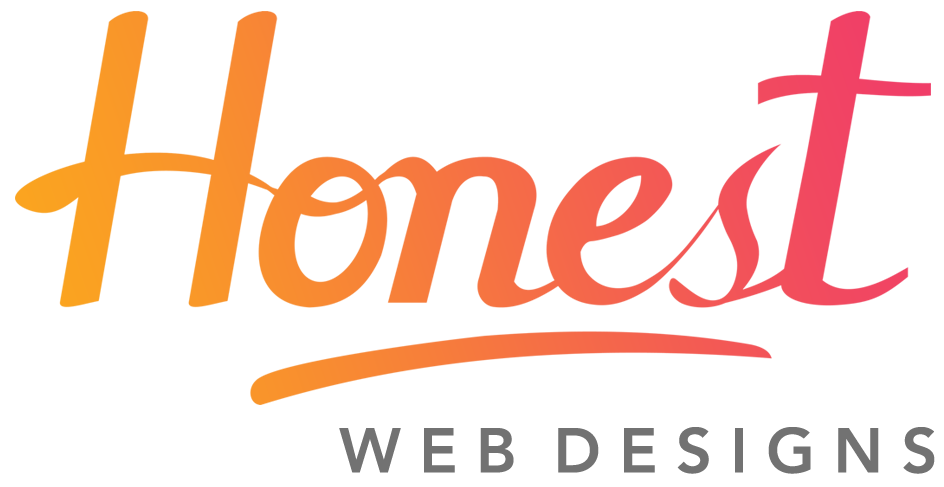
![Why AI Won't Replace Web Designers [Examples of Why]](https://www.honestwebs.com/wp-content/uploads/2023/12/ai_complements_not_replaces.jpg)

